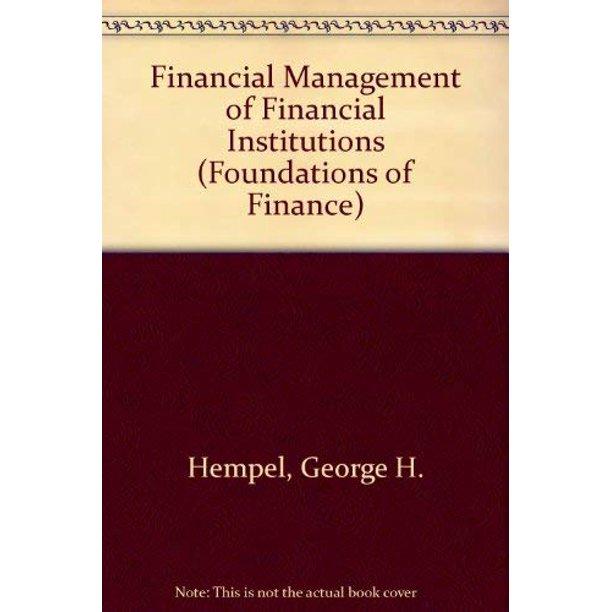Answered step by step
Verified Expert Solution
Question
1 Approved Answer
Quantitative Problem: Barton Industries estimates its cost of common equity by using three approaches: the CAPM, the bond - yield - plus - risk -
Quantitative Problem: Barton Industries estimates its cost of common equity by using three approaches: the CAPM, the bondyieldplusriskpremium approach, and the DCF model. Barton expects next year's annual dividend, D to be $ and it expects dividends to grow at a constant rate g The firm's current common stock price, P is $ The current riskfree rate, rRF; the market risk premium, RPM and the firm's stock has a current beta, b Assume that the firm's cost of debt, rd is The firm uses a risk premium when arriving at a ballpark estimate of its cost of equity using the bondyieldplusriskpremium approach. What is the firm's cost of equity using each of these three approaches? Round your answers to two decimal places.
CAPM cost of equity:
Bond yield plus risk premium:
DCF cost of equity:
What is your best estimate of the firm's cost of equity?
Step by Step Solution
There are 3 Steps involved in it
Step: 1

Get Instant Access to Expert-Tailored Solutions
See step-by-step solutions with expert insights and AI powered tools for academic success
Step: 2

Step: 3

Ace Your Homework with AI
Get the answers you need in no time with our AI-driven, step-by-step assistance
Get Started


